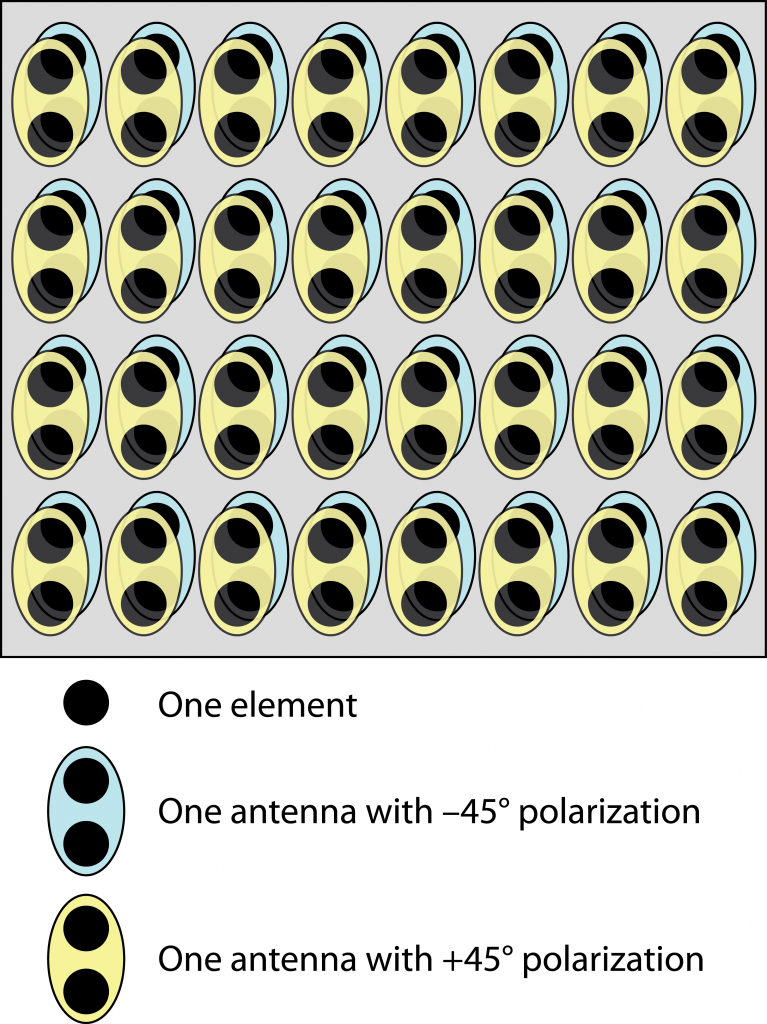“Open science is just science done right” is a quote from Prof. Jon Tennant in a recent podcast. He is referring to the movement away from the conventionally closed science community where you need to pay to gain access to research results and everyone treats data and simulation code as confidential. Since many funding agencies are requiring open access publishing and open data nowadays, we are definitely moving in the open science direction. But different research fields are at different positions on the scale between fully open and entirely closed science. The machine learning community has embraced open science to a large extent, maybe because the research requires common data sets. When the Nature Machine Intelligence journal was founded, more 3000 researchers signed a petition against its closed access and author fees and promised to not publish in that journal. However, research fields that for decades have been dominated by a few high-impact journals (such as Nature) have not reached as far.
IEEE is the main publisher of Massive MIMO research and has, fortunately, been quite liberal in terms of allowing for parallel publishing. At the time of writing this blog post, the IEEE policy is that an author is allowed to upload the accepted version of their paper on the personal website, the author’s employer’s website, and on arXiv.org. It is more questionable if it is allowed to upload papers in other popular repositories such as ResearchGate – can the ResearchGate profile pages count as personal websites?
It is we as researchers that need to take the steps towards open science. The publishers will only help us under the constraint that they can sustain their profits. For example, IEEE Access was created to have an open access alternative to the traditional IEEE journals, but its quality is no better than non-IEEE journals that have offered open access for a long time. I have published several papers in IEEE Access and although I’m sure that these papers are of good quality, I’ve been quite embarrassed by the poor review processes.
Personally, I try to make all my papers available on arXiv.org and also publish simulation code and data on my GitHub whenever I can, in an effort to support research reproducibility. My reasons for doing this are explained in the following video:

 I wrote
I wrote  So how are the 128 elements mapped to 64 antennas (RF chains)? This is done by taking
So how are the 128 elements mapped to 64 antennas (RF chains)? This is done by taking